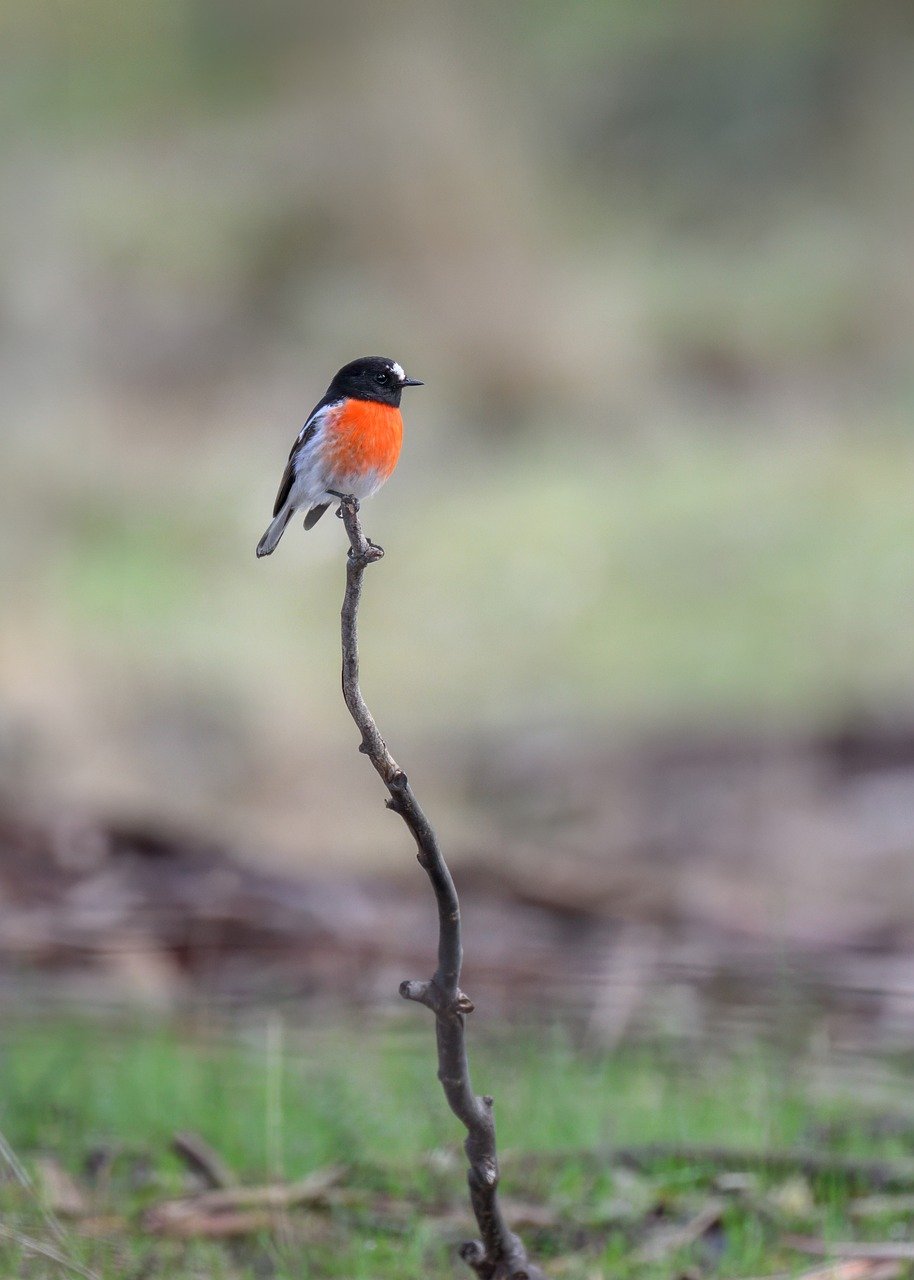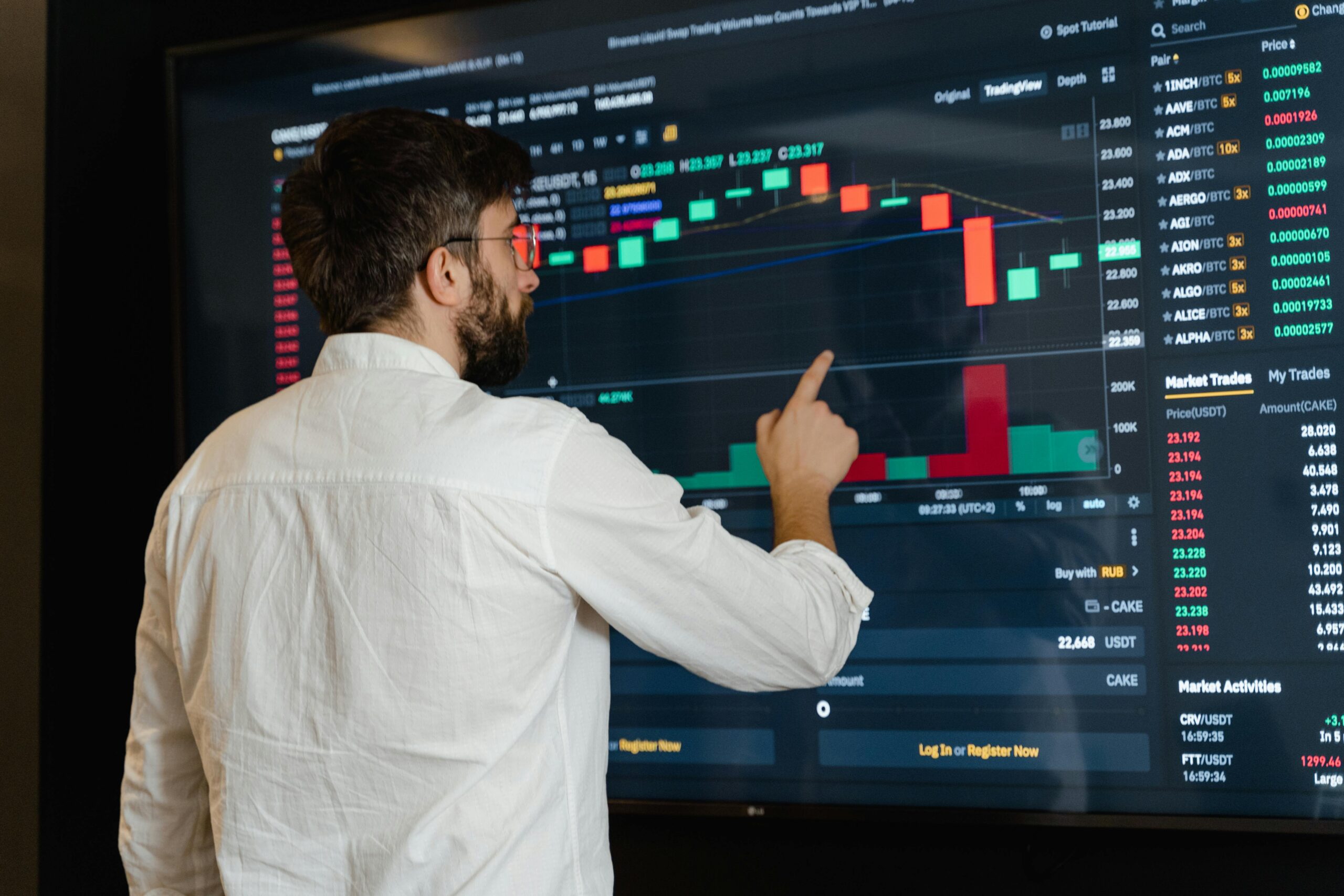
As we move through 2025, Australians are increasingly prioritizing their well-being amid busy lives influenced by work, environment, and technology. The shift toward holistic health practices reflects broader changes in daily routines, from urban dwellers in Sydney to those in regional areas. This year, Australian Lifestyle Trends 2025 highlight a fusion of innovative fitness regimes, mental health strategies, and sustainable wellness habits that cater to diverse needs. Whether it’s integrating tech into workouts or focusing on recovery, these developments are reshaping how people approach their health.
Fitness Evolutions in Australian Lifestyle Trends 2025
One of the standout aspects of Australian Lifestyle Trends 2025 is the evolution of fitness routines that emphasize functionality and personalization. High-intensity interval training (HIIT) continues to gain traction, but with a twist: programs now incorporate load management to prevent burnout and injuries. This approach, often called “spreading the load,” allows participants to balance intense sessions with recovery periods, making it ideal for busy professionals and parents.
Wearable technology plays a pivotal role here. Devices tracking heart rate variability, sleep patterns, and activity levels are becoming staples in gyms across Melbourne and Brisbane. According to a report from the American College of Sports Medicine (ACSM), health and wellness coaching ranks among the top trends, where trainers use data from these gadgets to create tailored plans. In Australia, this is evident in the rise of boutique studios offering hybrid classes that blend in-person guidance with app-based follow-ups.
Another key trend is the focus on women’s health in fitness. Programs addressing hormonal cycles, pelvic floor strength, and menopause are proliferating, driven by greater awareness and demand. Outdoor activities, such as coastal hikes and group cycling in Perth’s parks, are also surging, combining exercise with nature to boost endorphins and vitamin D levels. These trends not only enhance physical strength but also foster community, reducing isolation in a post-pandemic world.
The integration of functional nutrition into fitness routines is noteworthy too. Aussies are opting for meals that support workout recovery, like protein-rich smoothies with native ingredients such as kakadu plum or wattleseed. This ties into broader sustainability efforts, where eco-friendly gyms using recycled materials are popping up in Adelaide and beyond.
Wellness Innovations Driving Australian Lifestyle Trends 2025
Beyond physical activity, Australian Lifestyle Trends 2025 are marked by innovative wellness practices that prioritize mental and emotional health. Sleep optimization tops the list, with Australians investing in smart mattresses, blue-light blocking glasses, and apps that analyze rest quality. Research shows that poor sleep affects nearly 40% of the population, prompting a boom in sleep retreats and therapies in wellness hubs like Byron Bay.
Gut health is entering a new era, with advanced nutrition strategies focusing on microbiome diversity. Probiotic-rich foods, fermented products, and personalized supplements are commonplace, supported by emerging studies on their links to mood and immunity. Cognitive enhancement follows suit, through nootropics, meditation apps, and brain-training games that help combat stress from fast-paced urban life.
Sustainability intersects with wellness in profound ways. Plant-based living is on the rise, not just for ethical reasons but for its health benefits, including reduced inflammation and better heart health. Efforts to minimize microplastics—found in everything from bottled water to clothing—are gaining momentum, with consumers choosing filtered systems and natural fabrics.
Wellness tourism is another growth area, with domestic trips to thermal springs in Victoria or mineral baths in Queensland up by over 20% from previous years. These experiences offer respite and rejuvenation, blending relaxation with educational workshops on mindfulness.
According to the Global Wellness Institute’s report on Australia’s wellness economy, the sector has seen significant expansion, with wellness real estate and tourism leading the charge. This authoritative source highlights how these trends contribute to a $100 billion industry, underscoring their economic and social impact .
Community-driven initiatives are also prominent. “Perennials”—active older adults—are influencing the market with low-impact classes like yoga and pilates adapted for longevity. Meanwhile, younger generations are embracing in-person social fitness events, countering digital fatigue with real-world connections.
Looking Ahead in Health and Wellness
These developments signal a maturing approach to health in Australia, where prevention trumps cure. By incorporating elements like tech-assisted coaching and eco-conscious choices, individuals can achieve balanced lives. As Australian Lifestyle Trends 2025 continue to unfold, staying informed and adaptable will be key to thriving in this dynamic landscape. Whether starting a new routine or refining an existing one, the opportunities for improved fitness and wellness are abundant, promising a healthier future for all.







